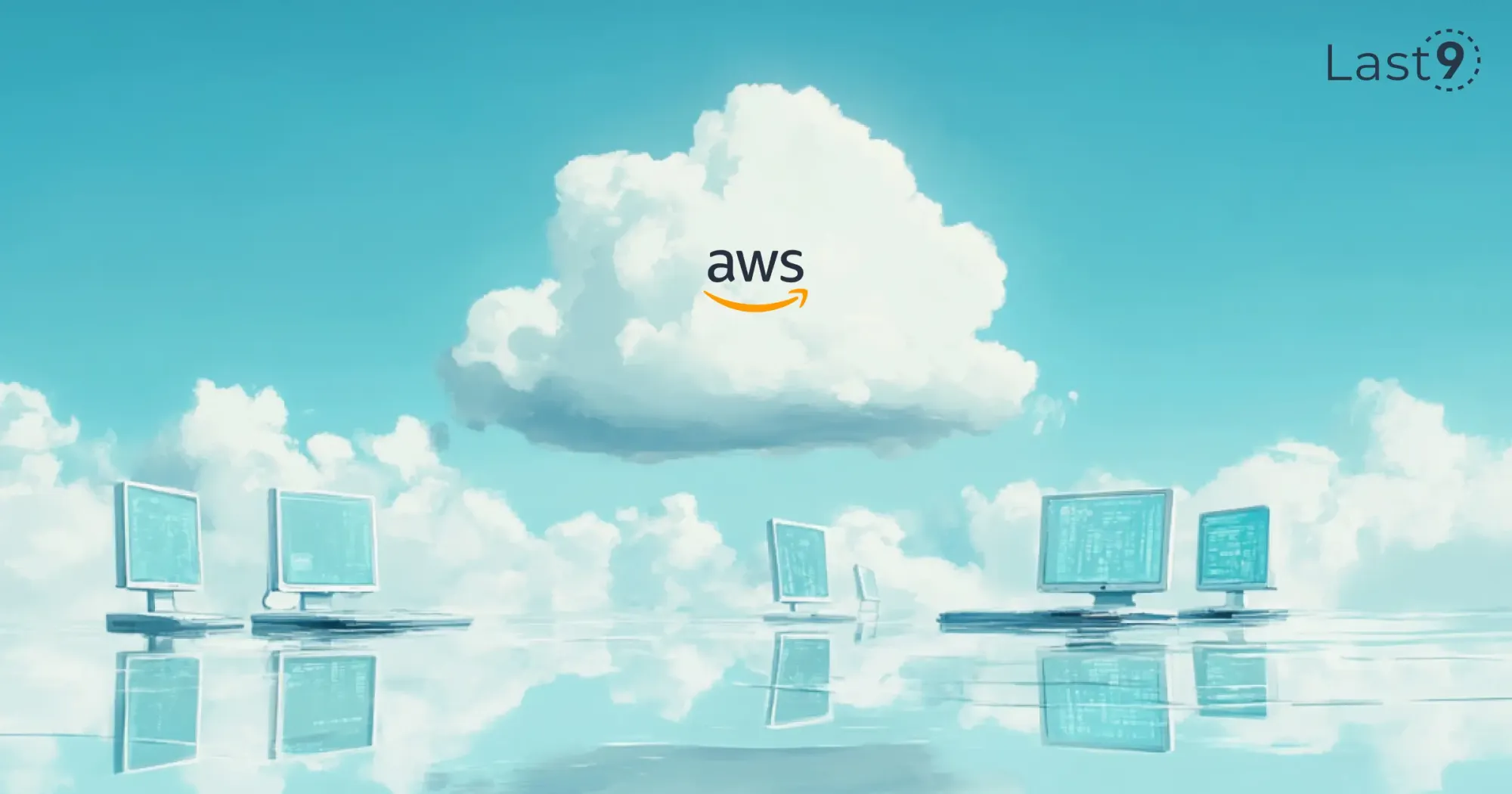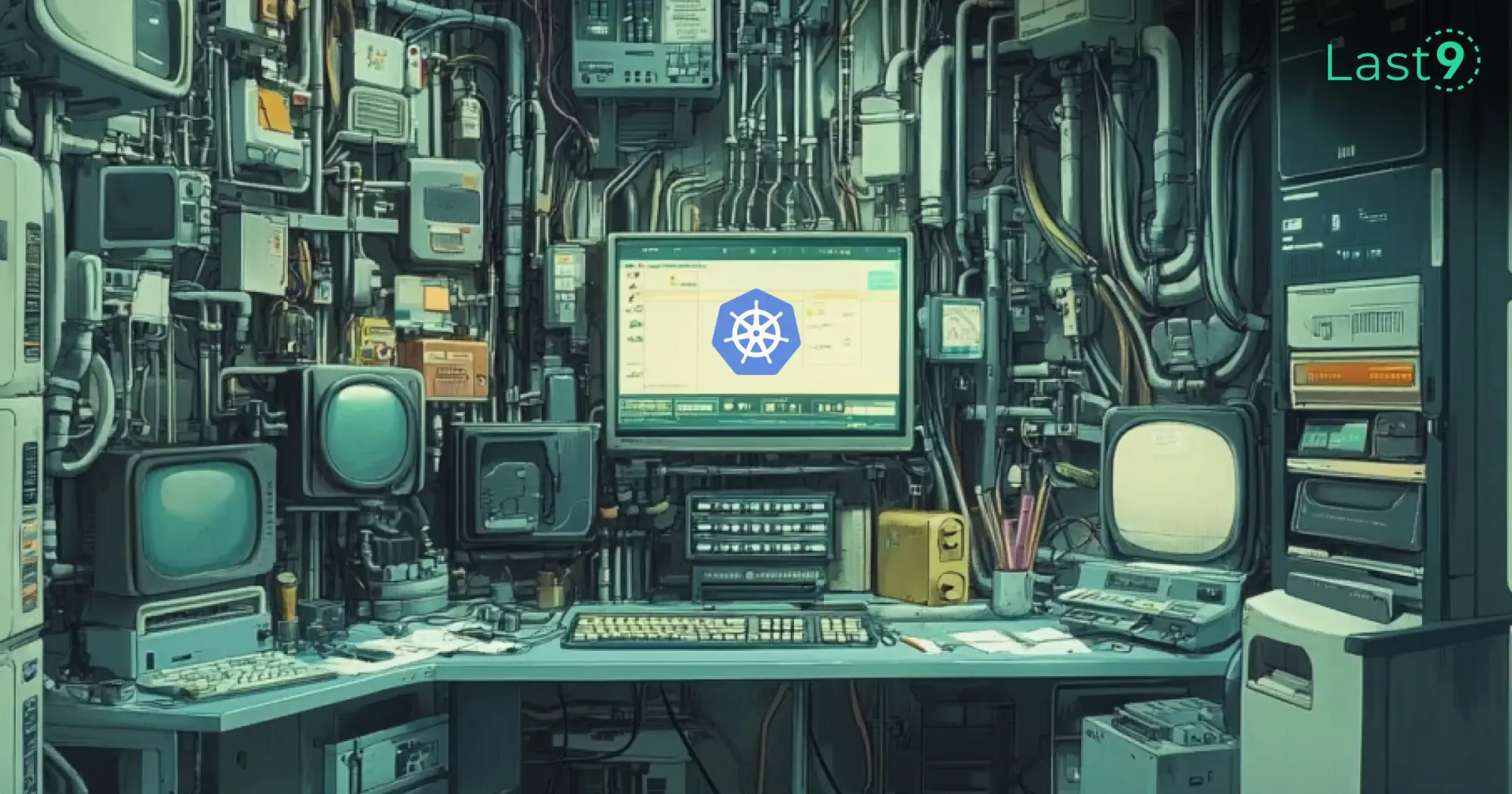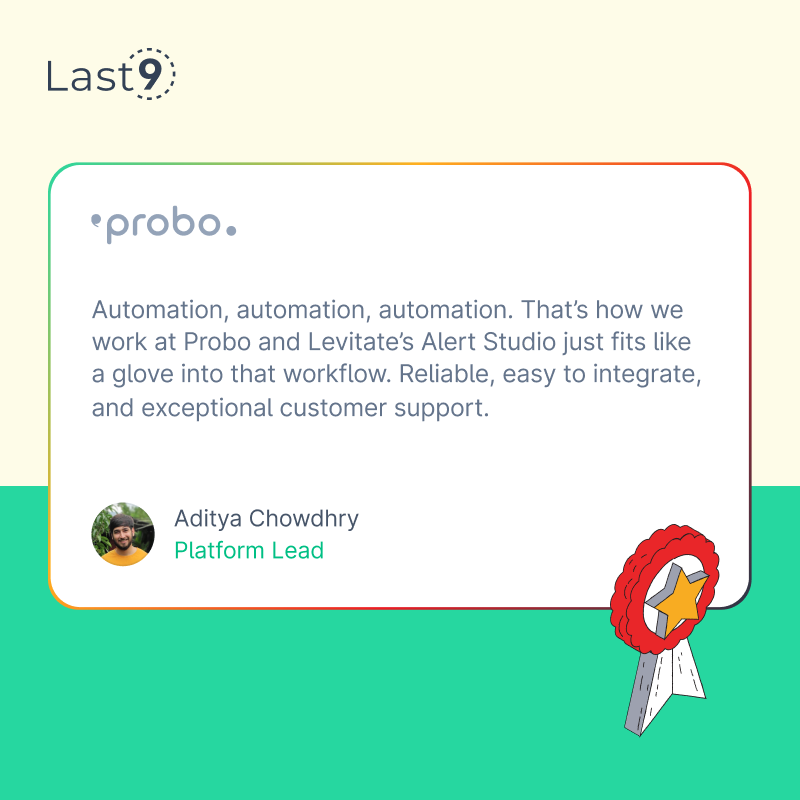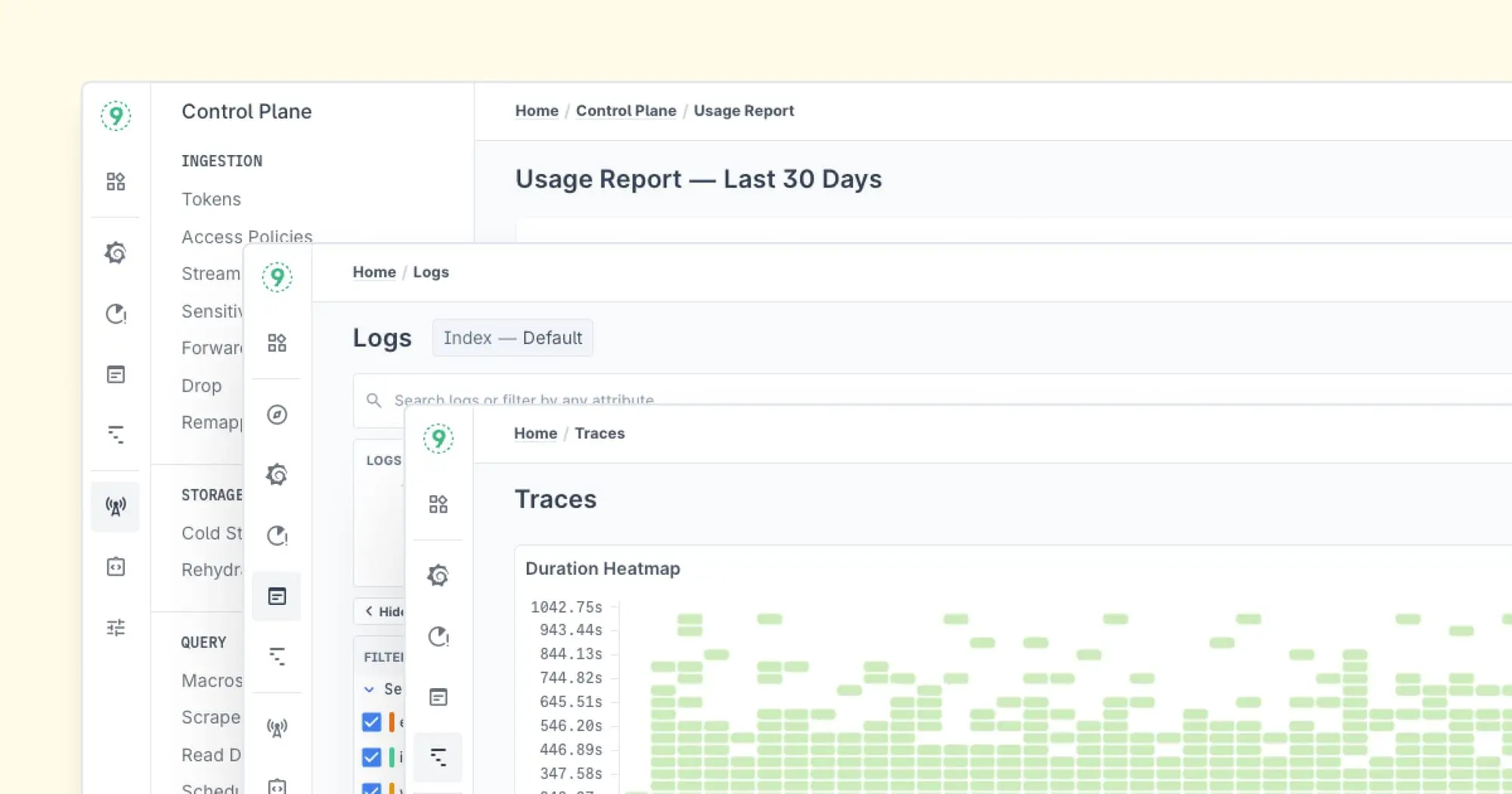Docker has certainly made a splash in the world of containerization, but it’s not always the perfect match for every project.
Depending on your needs—be it tighter security, lower resource consumption, or better compatibility with your existing tech stack—there are plenty of alternatives that might serve you better.
Let’s take a closer look at some of the top contenders, so you can pick the right tool for your specific use case.
10 Best Docker Alternatives for Your Workflow
1. Podman: A Secure Docker Alternative
Pros:
- Daemonless architecture: Removes the need for a single point of failure.
- Rootless operation: Containers can run without root privileges, enhancing security.
- Docker-compatible CLI: Allows an easy transition for Docker users.
- Lightweight: Less resource-heavy than Docker Engine.
Cons:
- Smaller ecosystem: Fewer third-party integrations compared to Docker.
- Learning curve: Requires familiarity with Docker alternatives for advanced use cases.
Best Use Cases:
- Environments requiring rootless security.
- CI/CD pipelines where dependency on a daemon is a risk.
- Teams transitioning from Docker but want a similar experience.
Comparison with Docker:

2. Kubernetes with CRI-O or Containerd
Pros:
- Optimized for production: Supports large-scale orchestration with native runtime compatibility.
- Lightweight runtime: CRI-O and containerd reduce overhead compared to Docker.
- Rich ecosystem: Extensive community support and tools.
Cons:
- Steep learning curve: Requires expertise in Kubernetes operations.
- Not for small projects: Overhead might be overkill for simple workloads.
Best Use Cases:
- Large-scale distributed systems.
- Managed Kubernetes services (e.g., AWS EKS, Google GKE).
- On-prem orchestrations like OpenShift.
Comparison with Docker:

3. Buildah: Image-Building Specialist
Pros:
- Focused on building: Does not require a container runtime, simplifying workflows.
- Rootless by default: Enhances security.
- OCI-compliant: Ensures compatibility with multiple runtimes.
Cons:
- Limited scope: Focused only on building images; lacks container runtime capabilities.
- Dependency on other tools: Often paired with Podman for runtime tasks.
Best Use Cases:
- Secure environments for image building.
- Teams with specific needs for customizable container images.
- Integrations in CI/CD pipelines.
Comparison with Docker:

4. LXC/LXD: Lightweight Virtualization
Pros:
- Lightweight virtualization: Perfect for isolating processes without full VMs.
- Comprehensive container management: LXD extends LXC by adding tools for networking, storage, and more.
- Mimics traditional systems: Feels more like managing virtual machines, easing adoption.
Cons:
- Not Kubernetes-centric: Primarily designed for system containers, not application containers.
- Complex setup: May require more manual configuration than Docker.
Best Use Cases:
- Long-running workloads that mimic VMs.
- Development environments for system administrators.
- Scenarios where traditional isolation is a priority.
Comparison with Docker:
5. Singularity: Scientific Computing Specialist
Pros:
- HPC-optimized: Tailored for high-performance computing (HPC) workloads.
- Security by design: Containers are immutable, and users don't need escalated privileges.
- Portability: Containers are single-file, making them easy to share across systems.
Cons:
- Niche focus: Designed for HPC, not general-purpose containerization.
- Limited orchestration: Not a viable replacement for Docker in complex microservice environments.
Best Use Cases:
- High-performance computing tasks in scientific research.
- Academic environments where container security is a top priority.
Comparison with Docker:
6. Registries: Container Image Hosting Solutions
Pros:
- Docker Hub: Widely used, public image hosting, great for open-source projects.
- Private Registries: More control, security, and scalability (e.g., AWS ECR, Quay, Artifactory).
- Flexibility: OCI-compliant registries are compatible with multiple tools.
Cons:
- Docker Hub: Free tier has limits, not ideal for large-scale enterprises.
- Private Registries: Higher costs, more complex setup.
Best Use Cases: - Docker Hub: Small projects, public images.
- Private Registries: Enterprises needing security and control over images.
Comparison with Docker:
| Feature | Docker Hub | Private Registries (e.g., ECR, Artifactory) |
|---|---|---|
| Access | Public, limited free tier | Private, secure, scalable |
| Customization | Minimal | Highly customizable |
| Security | Basic security features | Advanced security and access control |
| Integration | Excellent with Docker ecosystem | Varies by registry, but integrates with most CI/CD tools |
| Best Use Case | Open-source, small-scale projects | Enterprises with security needs |

7. Nerdctl: A Lightweight Container CLI
Pros:
- Docker CLI-compatible: Supports commands familiar to Docker users.
- Rootless operation: Enhances security for non-root users.
- Supports Kubernetes runtimes: Works seamlessly with containerd.
Cons:
- Limited tooling: Less mature than Docker or Podman in its ecosystem.
- Fewer integrations: Third-party integrations are still growing.
Best Use Cases:
- Teams using containerd and Kubernetes.
- Developers seeking lightweight alternatives to Docker CLI.
Comparison with Docker:
8. OpenShift: Enterprise Kubernetes Platform
Pros:
- Built-in CI/CD tools: Simplifies app lifecycle management.
- Kubernetes-based: Fully managed, enterprise-grade container orchestration.
- Comprehensive support: Includes Quay registry, CRI-O, and DevOps tooling.
Cons:
- High cost: Pricing may deter small organizations.
- Vendor lock-in risk: Tightly integrated with the Red Hat ecosystem.
Best Use Cases:
- Enterprises needing managed Kubernetes solutions.
- Teams requiring end-to-end container lifecycle management.
Comparison with Docker:

9. Rancher: Simplifying Multi-Cluster Kubernetes
Pros:
- Multi-cluster management: Handles Kubernetes clusters across cloud and on-prem environments.
- Open-source: No licensing costs.
- Extensible: Integrates with multiple CI/CD tools and monitoring platforms.
Cons:
- Limited beyond Kubernetes: Focused primarily on Kubernetes users.
- Requires expertise: Suitable for teams already familiar with Kubernetes.
Best Use Cases:
- Organizations managing multiple Kubernetes clusters.
- Teams seeking a unified interface for cluster management.
Comparison with Docker:
10. Vagrant: Focused on Development Environments
Pros:
- Multi-environment support: Works for containers, VMs, and bare-metal setups.
- Easy-to-use configurations: Uses Vagrantfile for repeatable environments.
- Integration with Docker: Can provision Docker containers as part of environments.
Cons:
- Not a direct container tool: Focuses on managing development environments.
- Heavyweight for small setups: May be overkill for simple container workflows.
Best Use Cases:
- Developers managing both VM and containerized environments.
- Teams needing consistent, repeatable environments across local and cloud systems.
Comparison with Docker:

Cost Analysis of Docker Alternatives
When choosing between Docker and its alternatives, understanding the financial impact is key.
Here's a breakdown of the costs associated with each:
Docker
- Free for personal use with premium offerings for enterprise support and Docker Hub storage.
- Docker Desktop: $5/month for individuals (free for small businesses and open-source contributors).
- Public vs. Private Registry: Docker Hub has a free tier with limited storage and pull rates. Paid plans are required for more advanced features and private images.
Podman
- Free and open-source, with no commercial licensing fees.
- As a Docker-compatible tool, Podman saves costs on licensing while providing similar functionality for developers.
- Podman’s reliance on rootless containers can be an advantage for security without added cost.

Kubernetes (K8s)
- Kubernetes itself is free, but operational costs arise from cluster management and infrastructure.
- Cloud providers often charge for the resources required to run Kubernetes clusters. For example, AWS EKS costs start at $0.10 per hour per cluster, plus additional charges for EC2, storage, and data transfer.
Buildah
- Free & Open-Source: No licensing or subscription fees.
- No Daemon: Doesn’t require a Docker daemon, saving on resource usage.
- Rootless Containers: Security advantage with no additional cost for root access.
- Cloud Costs: Infrastructure charges may apply when used in cloud environments.
- Integration with Kubernetes: No extra cost for Kubernetes integration, but costs may arise from Kubernetes infrastructure.
- Efficiency: Lower overhead compared to Docker, especially for image-building tasks.
LXC/LXD
- Free & Open-Source: No licensing or subscription fees.
- System-Level Virtualization: Focuses on running system containers, which can be more resource-efficient than Docker’s application containers.
- Infrastructure Costs: Potential infrastructure costs when running on cloud platforms, especially when using orchestration tools.
- Scalability: Additional management tools (e.g., LXD Clustering) can incur extra costs for enterprise use.
- Private Cloud Integration: LXD integrates with private cloud solutions, which could lead to higher costs depending on the cloud resources used.

Singularity
- Free & Open-Source: No commercial licensing fees.
- High-Performance Computing (HPC): Popular in scientific environments, making it ideal for large-scale research projects, often with no added cost.
- Cloud Integration: Costs arise when running Singularity in cloud environments, depending on infrastructure and resource consumption.
- Security: Rootless containers make it a secure option without additional licensing costs.
Registries
- Docker Hub: Free tier with limitations on pull rates and storage; paid plans offer more storage and advanced features.
- Amazon ECR: Costs for storage, data transfer, and API requests; offers more enterprise-level security.
- Google Container Registry: Pricing based on storage and network usage.
- Quay.io: Free for public repositories; private repositories come with a subscription fee.
- Harbor: Free and open-source, but operational costs depend on the environment it’s used in.
Nerdctl
- Free and open-source tool compatible with Docker for building and managing containers.
- No commercial licensing fees.
- Operational costs are low, typically related to the infrastructure used alongside it.
OpenShift
- Licensing is typically a significant cost factor with OpenShift. Red Hat charges for enterprise support and subscription services.
- The cost varies depending on the environment (on-premises vs. cloud). For instance, the price can range from $1000/month per node in a self-managed setup.

Rancher
- Open-source and free for most use cases, but enterprises often opt for Rancher Labs’ enterprise support (pricing varies).
- Integration with Kubernetes in Rancher incurs costs related to infrastructure and cloud management.
Vagrant
- The main cost arises from the infrastructure used to run virtual machines or containers.
- For instance, using Vagrant with AWS or VirtualBox will incur costs based on the resources consumed (e.g., virtual machine instances, storage, etc.).
- Enterprise Support for Vagrant is available via HashiCorp’s commercial offerings, which vary in price based on features and scale.
Community Insights: Docker's Current Focus and Ecosystem Shifts
Docker, once a dominant force across all containerization workflows, has pivoted to focus on developer tools for local development, testing, and its hosted registry, Docker Hub.
While still a staple for building and running containers locally, Docker's role in production environments has shifted.
Runtime Choices: Production deployments now lean heavily on Kubernetes for orchestration.
This shift has led to alternatives like CRI-O and containerd becoming the preferred runtimes in Kubernetes clusters, as Docker Engine is no longer supported natively by Kubernetes.
Ecosystem Diversity: For local development, Docker remains a favorite due to its ease of use and robust tooling. However, alternatives like Podman, Buildah, and Nerdctl are growing in popularity among those seeking open-source or licensing-friendly solutions.

Organizations typically standardize their pipelines using DevOps tools like Tekton, OpenShift, or platforms like Harness for consistent image promotion workflows.
Registry Considerations: While Docker Hub dominates public image hosting, enterprises often opt for private OCI-compliant registries like ECR (for AWS users), Artifactory, Nexus, or Quay.
These provide enhanced security, scalability, and organizational control over container images.
Deployment and Orchestration: Kubernetes has cemented itself as the default orchestration platform, though Nomad and serverless options like AWS Lambda or Azure Functions are still viable for specific use cases.
Additionally, OpenShift and Talos/Sidero streamline Kubernetes management for both on-prem and cloud environments.
Helm vs. Operators: Helm charts remain widely used for deploying applications, particularly for large, prepackaged solutions.
However, Operators are gaining traction due to their flexibility and extensibility, especially when managing complex workloads like databases with specific logic.
Key Takeaways:
- Local Development: Docker and Nerdctl lead the pack.
- Production Orchestration: Kubernetes with CRI-O or containerd is standard.
- Registries: Docker Hub for public images; private registries for enterprises.
- Orchestration Tools: Helm for simplicity; Operators for extensibility.
Conclusion:
Choosing the right Docker alternative isn’t just about replacing a tool; it’s about aligning your container strategy with your organization’s goals. From security-focused options like Podman to HPC-tailored tools like Singularity, there’s a solution for every need.
For teams managing distributed systems or microservices, Last9 simplifies observability by combining metrics, logs, and traces in one place. It enhances monitoring by easily integrating with tools like Prometheus and OpenTelemetry, enabling teams to troubleshoot faster and gain deeper insights into their infrastructure.
Schedule a demo or try it for free to explore how it can improve your observability and monitoring across your systems.










